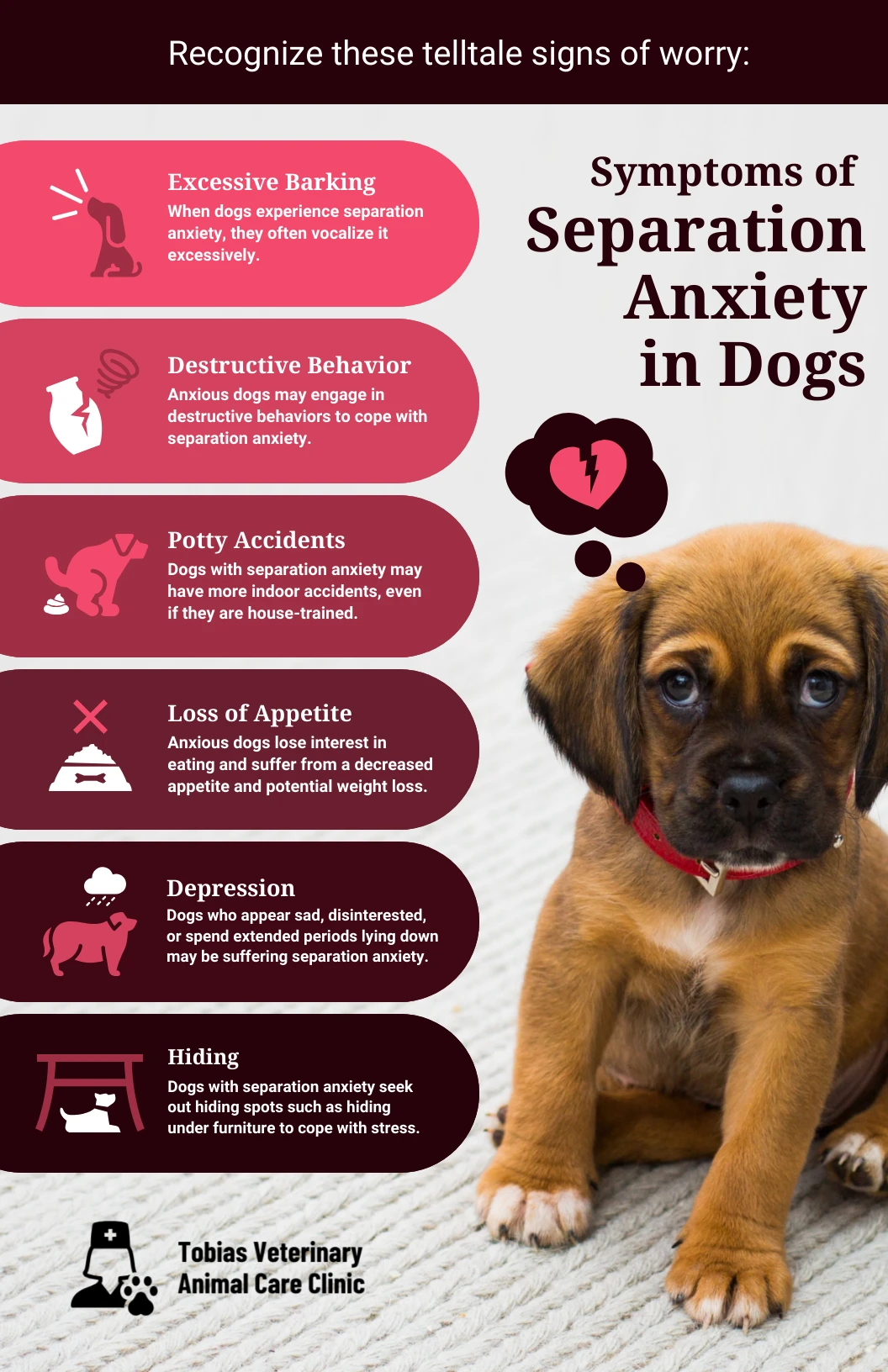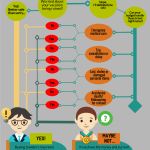Being a pet owner comes with its fair share of responsibilities, and one of the biggest challenges can be dealing with separation anxiety. As much as we love our furry friends and want to spend every waking moment with them, we simply can’t always be by their side. Whether it’s going to work, running errands, or even just going out for a few hours, leaving our pets alone can cause them a great deal of distress. However, with the right techniques and understanding, we can help our pets cope with separation anxiety.

I’ve experienced firsthand the difficulties of dealing with separation anxiety in my own dog, Max. Max is a lovable Labrador Retriever who greets me with boundless energy every time I come home. However, when I have to leave him alone, it’s a different story. He becomes anxious, whining, pacing, and even destroying things in his attempt to alleviate his distress. It breaks my heart to see him suffer like this, but I’ve learned techniques that have helped us both manage his separation anxiety.
One of the first steps in addressing separation anxiety is recognizing the signs. Excessive whining, barking, howling, destructive behavior, accidents in the house, and excessively clingy behavior are all common signs of separation anxiety in pets. Once you’ve identified these signs, it’s important to establish a routine to help your pet feel secure and calm when you’re not around.
Creating a safe and comfortable environment for your pet is crucial. Make sure they have access to their favorite toys, a cozy bed, and even a piece of clothing that smells like you. This can provide them with a sense of familiarity and comfort while you’re away. Additionally, consider leaving a piece of clothing or a blanket with your scent on it; the familiar smell can provide solace to your furry companion during your absence.
Another effective technique for managing separation anxiety is gradually desensitizing your pet to your departures. Start by leaving them alone for short periods of time, and gradually increase the duration as they become more comfortable. Make sure to reward them with treats and praise when they remain calm during your absence, reinforcing positive behavior.
One mistake many pet owners make is giving in to their pet’s anxiety by showering them with attention and affection before leaving and upon returning. While this may seem like a way to comfort them, it can actually reinforce their anxiety. Instead, keep departures and arrivals low-key. Avoid making a big fuss when leaving or coming back home to help normalize the experience for your pet.
In addition to these techniques, there are also products and supplements available that can aid in managing separation anxiety. Adaptil, a synthetic pheromone spray or diffuser, can create a calming effect on dogs, while Feliway serves the same purpose for cats. These products can help create a soothing environment and reduce anxiety in your pets. However, it’s important to consult with your veterinarian before using any medication or supplement for your pets.
If your pet’s separation anxiety persists or becomes severe, seeking professional help from a veterinarian or an animal behaviorist may be necessary. They can provide specialized training and behavior modification techniques to address the underlying causes of your pet’s anxiety.
It’s important to remember that dealing with separation anxiety is a process that takes time and patience. Each pet is unique, and what works for one may not work for another. Understanding your pet’s needs, being consistent, and showing empathy are key in helping them overcome their anxiety.
As a pet parent, it can be tough to see our furry friends in distress when we have to leave them alone. However, by implementing these techniques, creating a safe environment, and seeking professional help when needed, we can help our beloved pets navigate through their separation anxiety. Ultimately, the goal is to provide them with a sense of safety and comfort, even when we’re not around.


